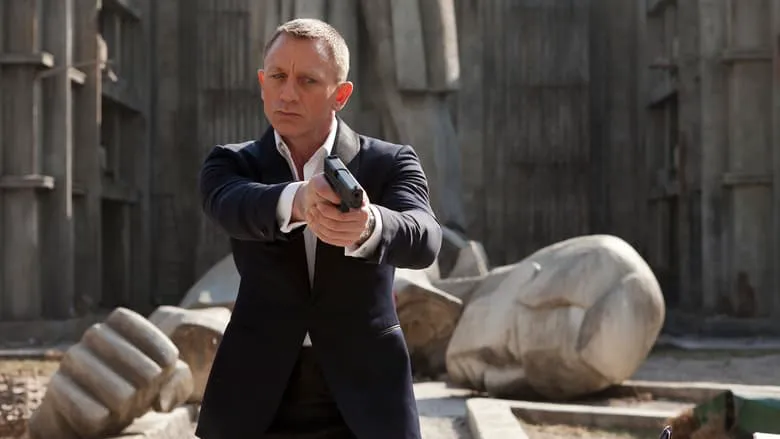Skyfall: A Resonant and Redefined Bond Experience
A Return to Form Amidst Chaos
Skyfall, the 23rd cinematic chapter in the venerable James Bond saga, arrived in 2012 not merely as another espionage thriller but as a powerful statement, a definitive understanding of its rich legacy. After a four-year hiatus, partly due to MGM’s tumultuous financial period, the expectations were monumental. This film meticulously delivers not just what audiences have come to expect from 007 — the unparalleled action, global intrigue, and suave demeanor — but it also masterfully injects a fresh perspective that keeps the familiar feeling utterly revitalized and relevant.
The narrative plunges directly into a profound crisis for MI6. Its London headquarters are devastatingly bombed, an insidious plot unfolds with highly classified lists of undercover agents ruthlessly leaked online, and the formidable head of MI6, M (played with stoic brilliance by Judi Dench), finds herself under unprecedented threat from ghosts of her past. Meanwhile, James Bond (Daniel Craig), while attempting to retrieve the stolen data, takes a critical bullet and, in a breathtaking sequence, plunges into a waterfall, seemingly perishing. This dramatic opening sets a somber, high-stakes tone, signaling that this Bond outing will delve deeper into psychological and existential themes than ever before.
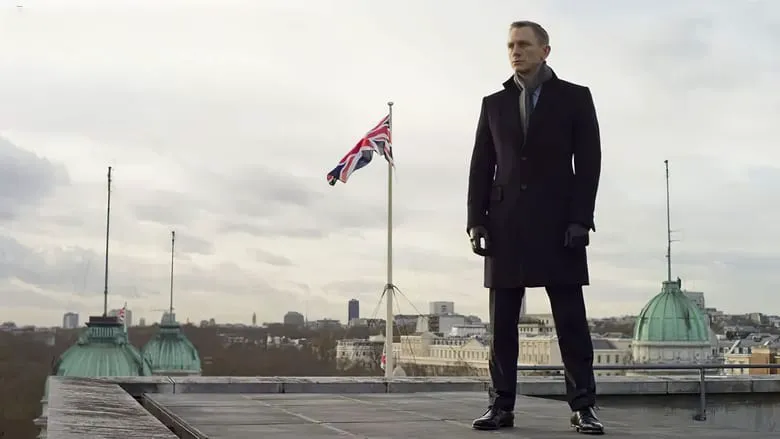
The Phoenix Rises: Sam Mendes’ Vision
The world, frankly, was holding its breath. Following the commercial success but somewhat polarizing reception of Quantum of Solace and the subsequent production delays, Skyfall absolutely had to be a phoenix-like triumph. And under the astute direction of Sam Mendes, it unequivocally was. Mendes doesn’t just breathe new life into the beloved franchise; he intricately weaves Daniel Craig’s interpretation of Bond into the broader tapestry of his predecessors, acknowledging the character’s long and storied history. This film achieves a perfect equilibrium, blending the grittiness and raw seriousness that defined Craig’s prior Bond films with a welcome resurgence of classic, almost nostalgic, “old-school” Bond elements. It felt like coming home, but to a newly renovated, more profound home.
Bond’s triumphant return is meticulously orchestrated from the visually stunning opening credits onwards. Mendes revitalizes the series by demonstrating a deep respect for its heritage, allowing Craig’s gritty portrayal to seamlessly integrate with the established iconography. This isn’t just a new Bond; it’s Bond, reimagined through the lens of history, resulting in a narrative that’s both dramatically weighty and infused with the whimsical flair often associated with earlier installments.
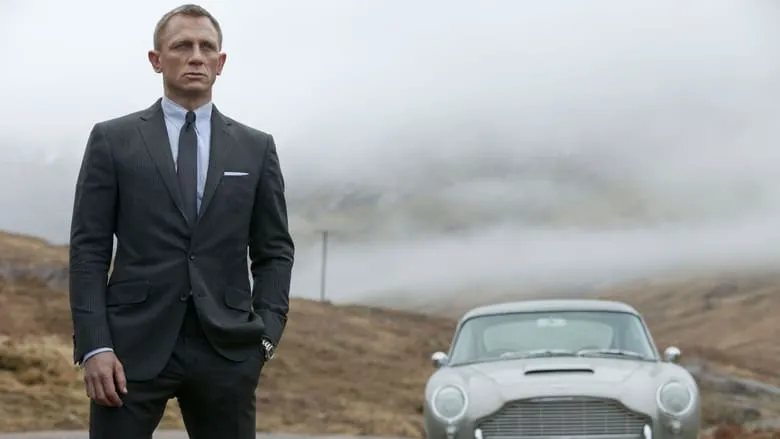
Blending Brutality with Brilliant Exoticism
Skyfall showcases some truly unforgettable and exhilarating set pieces that exemplify this ‘old school meets new school’ ethos. Prepare for a ridiculously high-octane chase scene through the streets, filled with the kind of frantic energy reminiscent of the French Taxi film series, culminating in an absolutely jaw-dropping duel between a powerful train and a massive excavator. The signature brutality and intensity that characterize Daniel Craig’s performances are still profoundly present, underpinning every action sequence with genuine stakes. However, this time, they are elegantly juxtaposed with a newfound, almost poetic classic Bond exoticism: menacing Komodo dragons, the shimmering hauteur of glass skyscrapers, and the chilling isolation of abandoned islands, each location meticulously crafted to serve both beauty and impending danger.
The supporting cast is nothing short of exceptional, each member elevating the film’s rich narrative. Javier Bardem, as the cyber-terrorist Raoul Silva, delivers a truly grand, operatic, and deeply unsettling performance – a villain driven by personal vengeance that makes him disturbingly compelling. His chilling monologues and unpredictable nature make him one of Bond’s most memorable adversaries. Furthermore, a stellar lineup of British talent, including Ben Whishaw’s delightfully quirky Q, Ralph Fiennes’ initially skeptical but ultimately supportive Gareth Mallory (who would become a familiar face), and Albert Finney’s unexpectedly poignant Kincade, infuse the film with layered depth, gravitas, and welcome moments of character-driven humor. While the Bond girls are capably cast and leave their mark, it is arguably Judi Dench’s M who commands the screen, becoming the emotional core and, indeed, the most pivotal female character in the entirety of the narrative. Her relationship with Bond reaches an unprecedented level of complexity and tenderness.
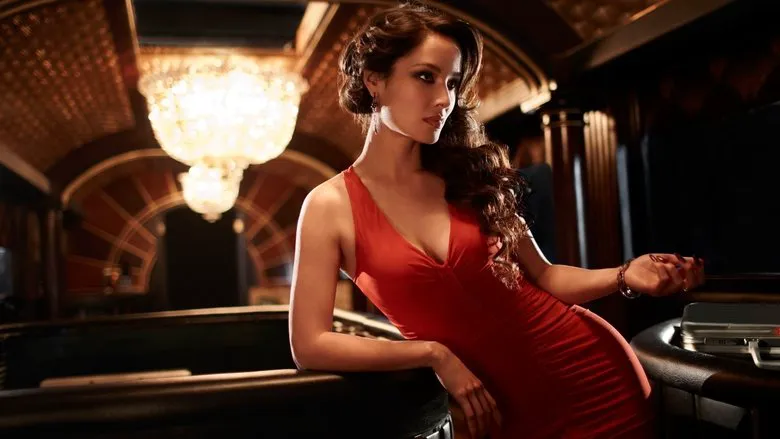
A New Facet of Bond: Vulnerability and Humanism
Perhaps the most fascinating transformation within Skyfall is that of James Bond himself. Daniel Craig seems to have been granted unprecedented permission to explore the character’s vulnerabilities and human frailties. This isn’t the infallible, impervious agent of old. Here, Bond is allowed to be more playful, to miss his targets, and even, shockingly, to subvert some of the long-standing unwritten rules of the Bond universe. Watching him traverse the London Underground, openly contemplate retirement from active service, or casually enjoy a beer instead of a martini — these moments are nothing short of revolutionary within the rigid framework of Bondian tradition. This new vulnerability adds a profound layer of depth, making him more relatable and, paradoxically, even more formidable. It challenges the audience’s preconceived notions of what a 007 film can be.
This nuanced portrayal deepens the character beyond mere action heroics. Bond’s physical and psychological scars are visible, hinting at a long career fraught with peril and sacrifice. His grayer stubble and weary eyes aren’t just aesthetic choices; they are a testament to the weight of his duty and the toll it takes, making him a complex figure who resonates far more deeply than his more pristine predecessors.
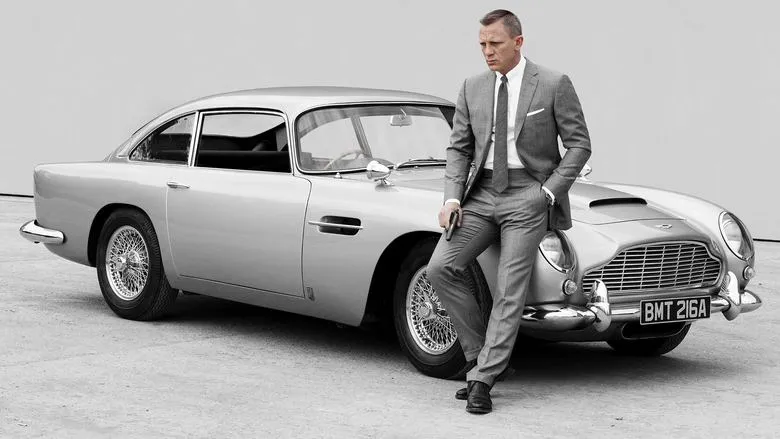
Celebrating Fifty Years of Enduring Legacy
The release of Skyfall coincided poignantly with Bond’s 50th anniversary in 2012, a milestone that the filmmakers wholeheartedly embraced rather than shying away from. In a cinematic landscape increasingly saturated with sleek, modern spy franchises vying for youth and trendiness, attempting to conform would have been a grave misstep. The creative team behind Skyfall understood this intrinsically. Daniel Craig, with his deliberately slightly greying stubble and a palpable weariness in his eyes, becomes the embodiment of this thoughtful reflection. We see him argue with the younger generation, notably the new Q, vehemently defending the indispensable importance of a reliable pistol over the ephemeral allure of a laptop.
This thematic confrontation between old and new methods, traditional espionage versus digital warfare, culminates powerfully in the film’s climax. And when the iconic silver Aston Martin DB5, Bond’s quintessential vehicle, makes its grand appearance near the film’s end, it’s more than just a prop; it’s a direct wink to the past, a nostalgic embrace of its hallowed history. Even the most stoic and modern-minded viewer feels a palpable pang of nostalgia for the simpler, yet compelling, allure of the 20th century. Skyfall masterfully proves that embracing one’s deep-rooted legacy, rather than abandoning it for fleeting trends, makes for a timeless, impactful, and undeniably thrilling cinematic experience. It reminds us that after all, the world of classic Bond wasn’t so bad after all; it was quite spectacular.

A Cinematic Triumph Revisited
Ultimately, Skyfall stands as a benchmark within the Bond franchise, a film that gracefully navigates the balance between honoring its half-century heritage and boldly pushing the character and narrative into new, compelling territory. It delivered everything fans desired and more, proving that true legacy isn’t about remaining static, but about understanding where you came from to envision where you need to go next.
